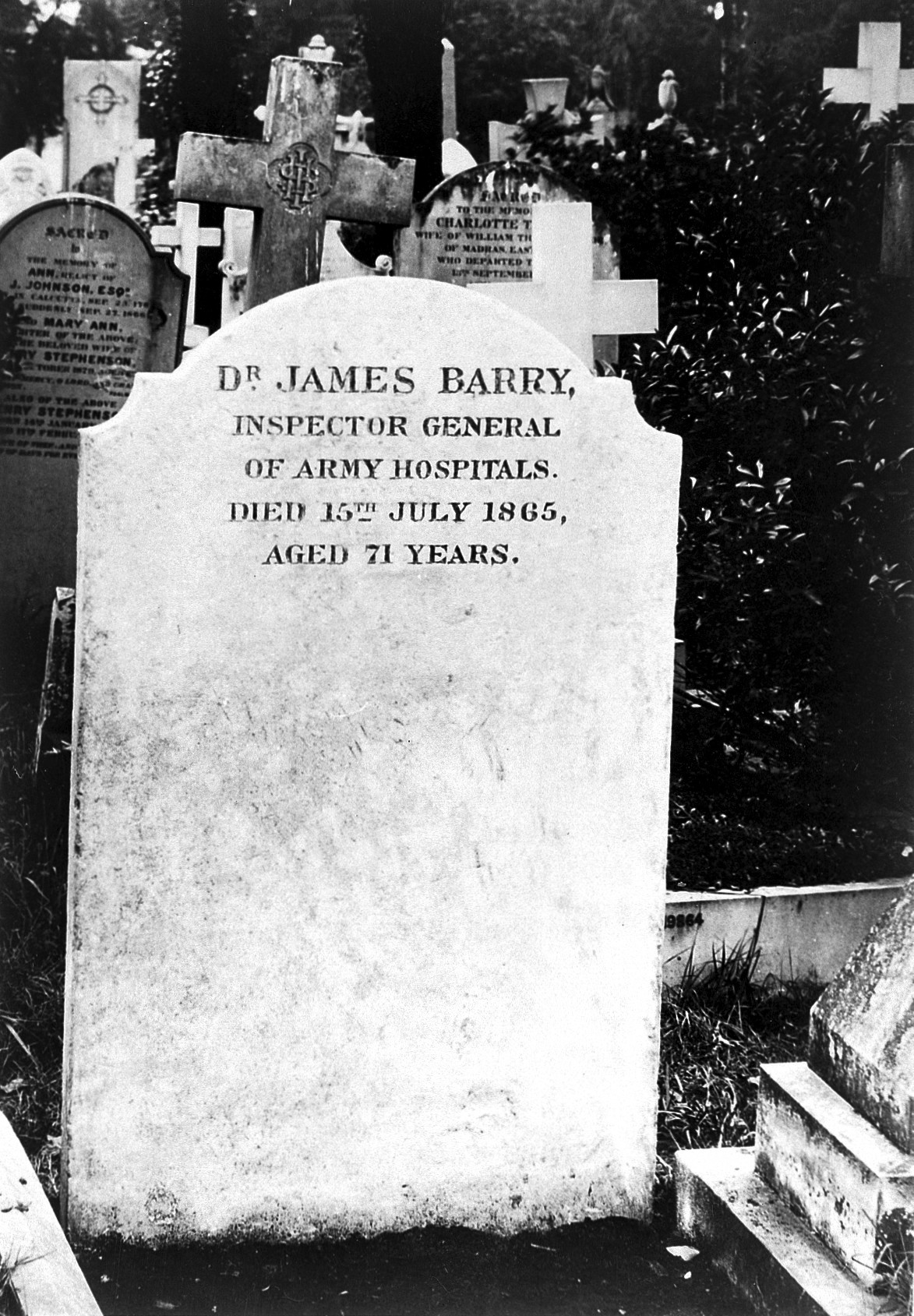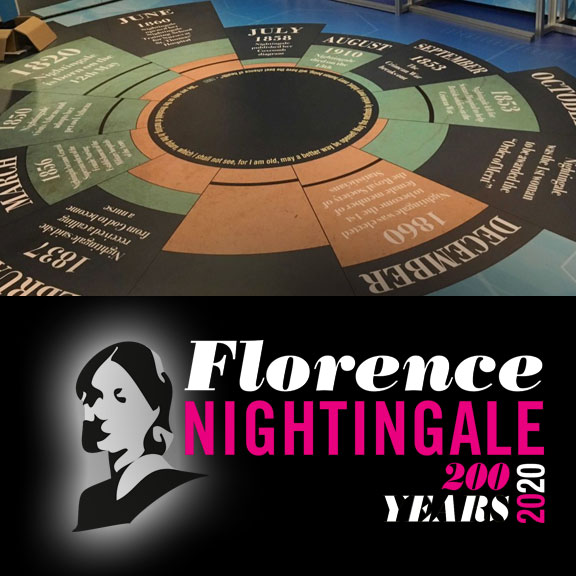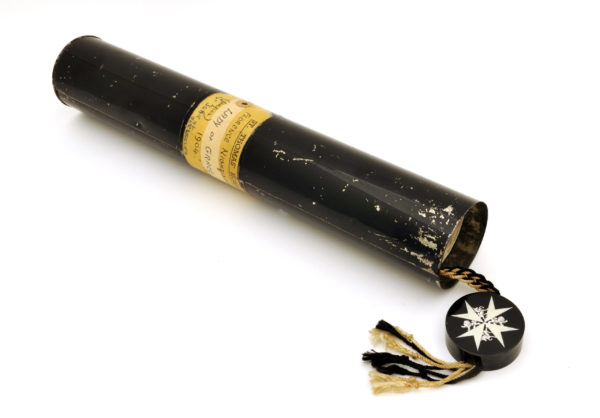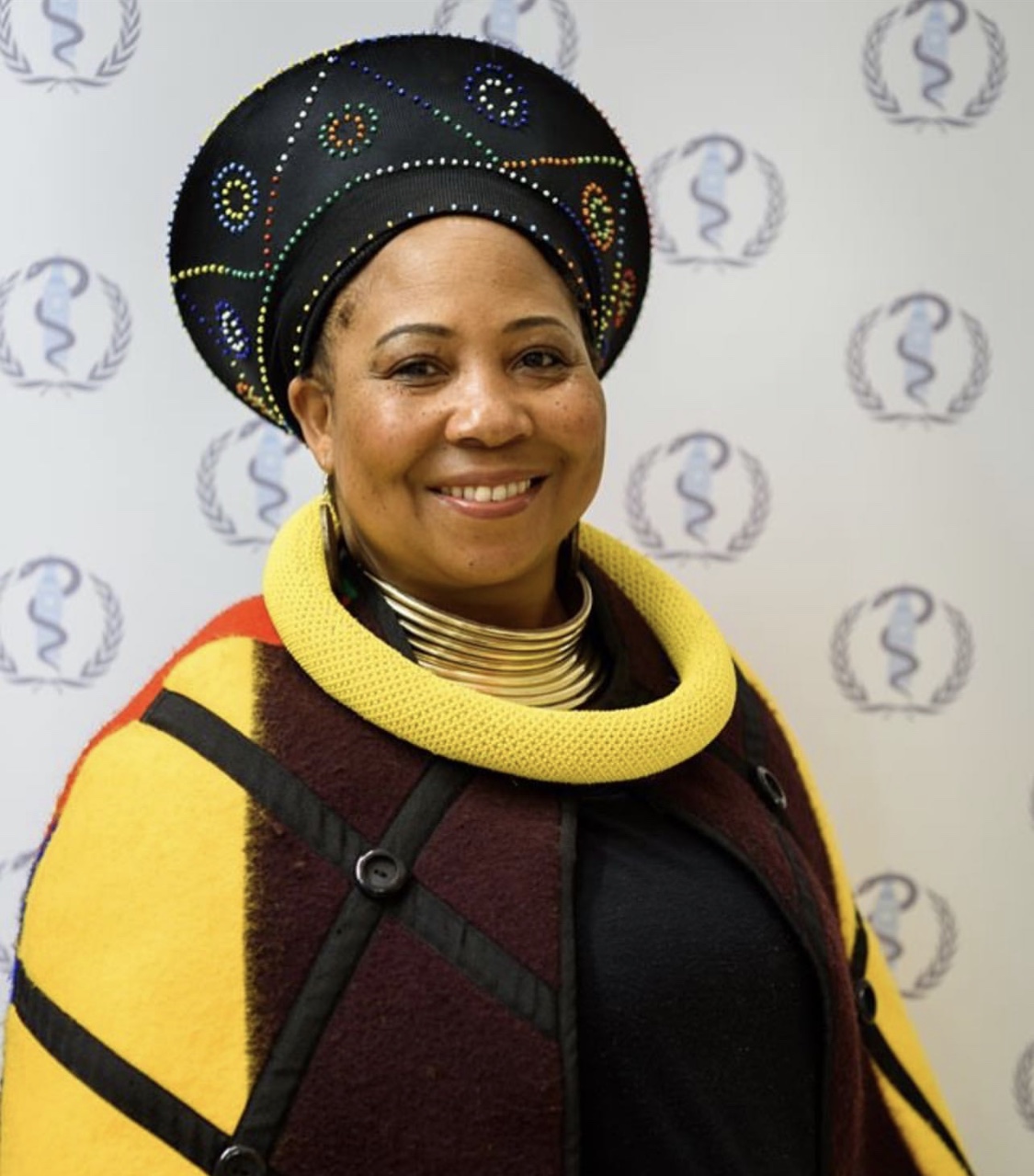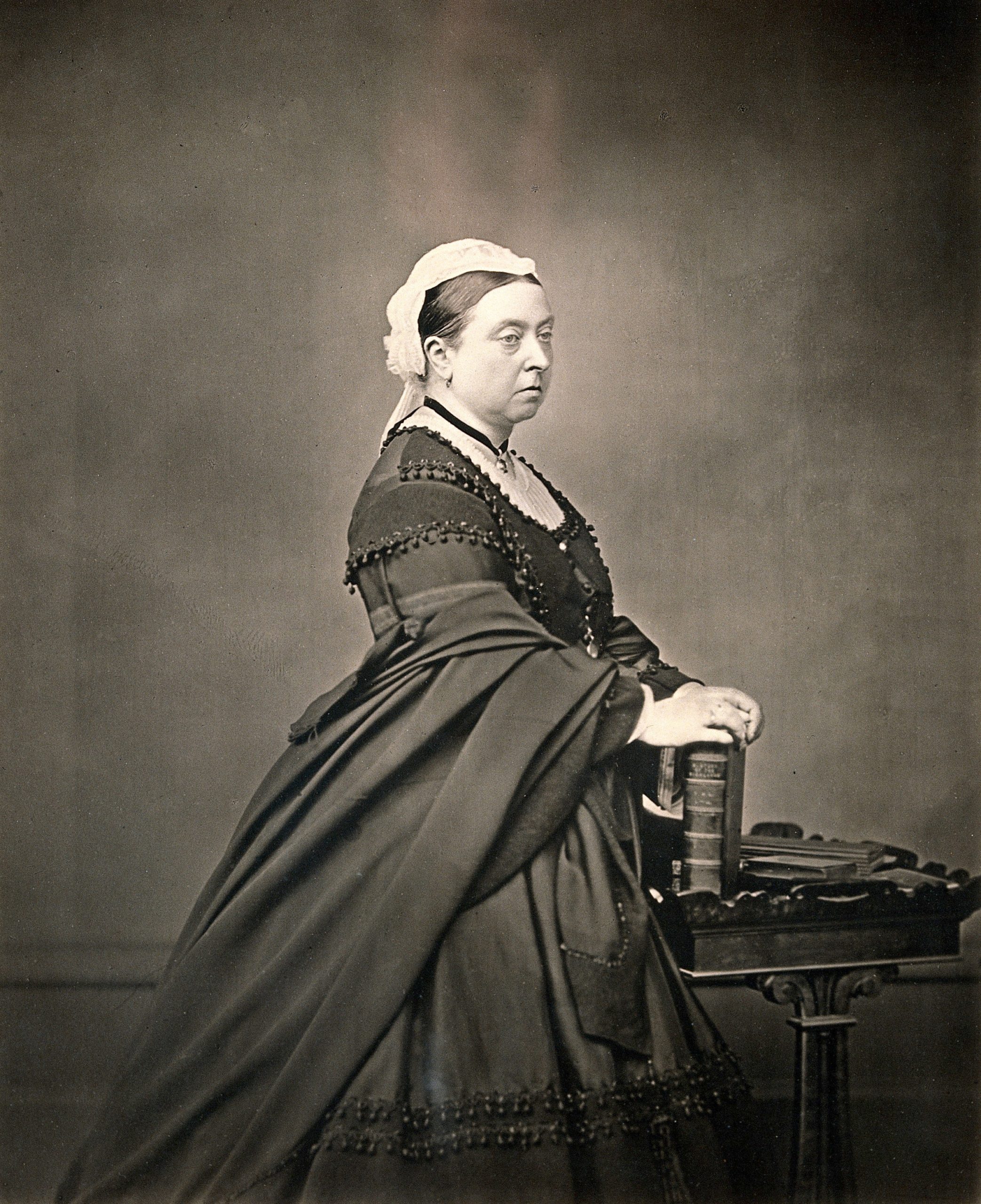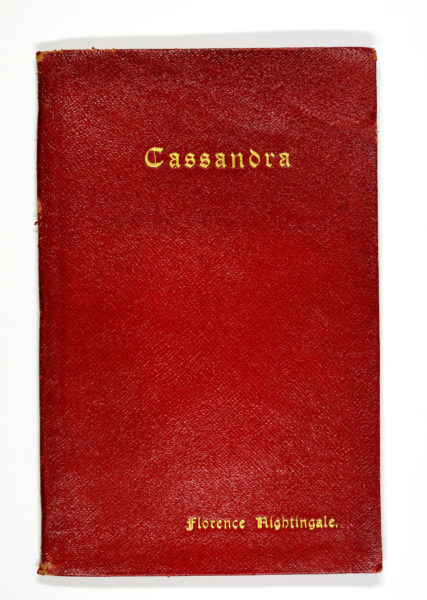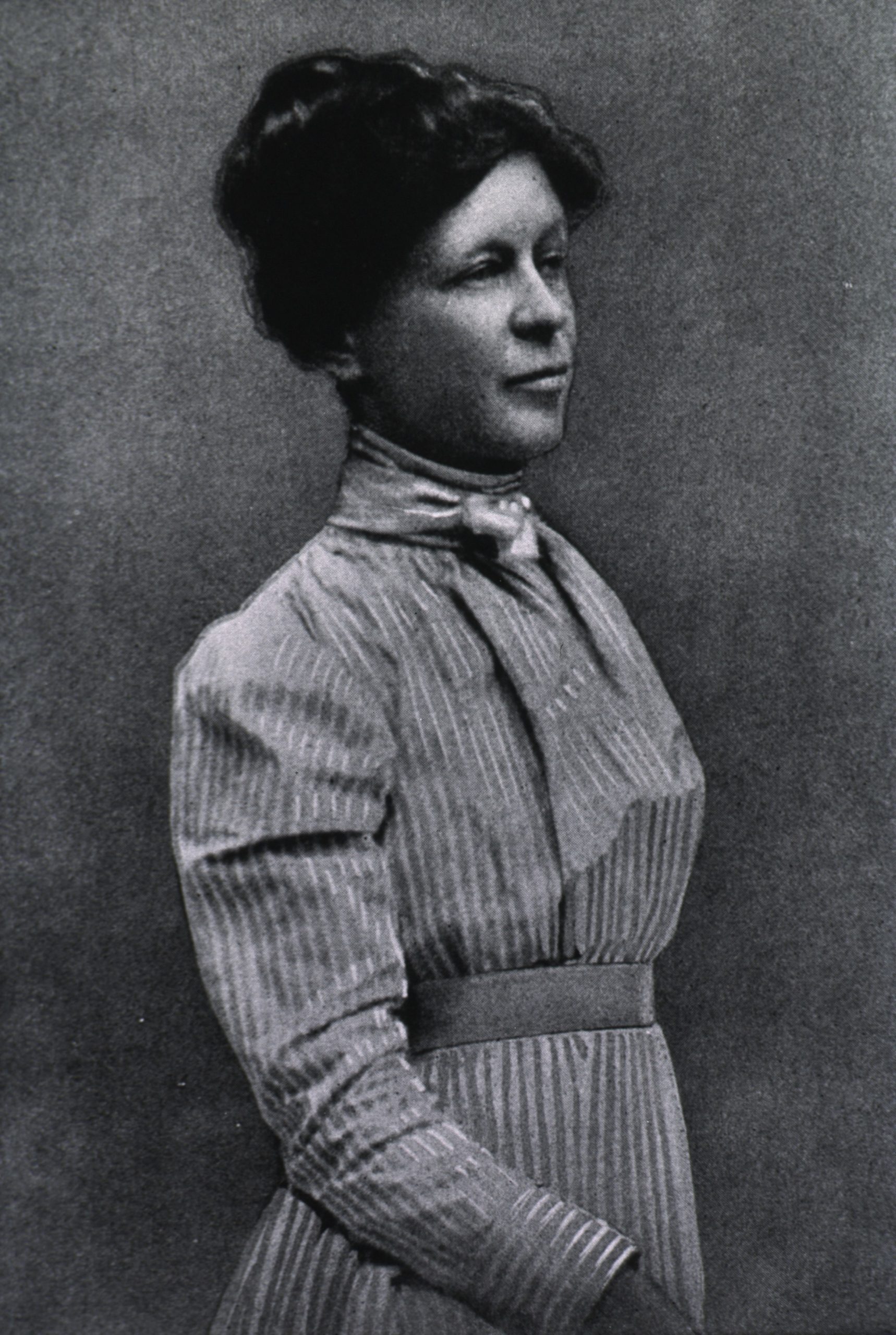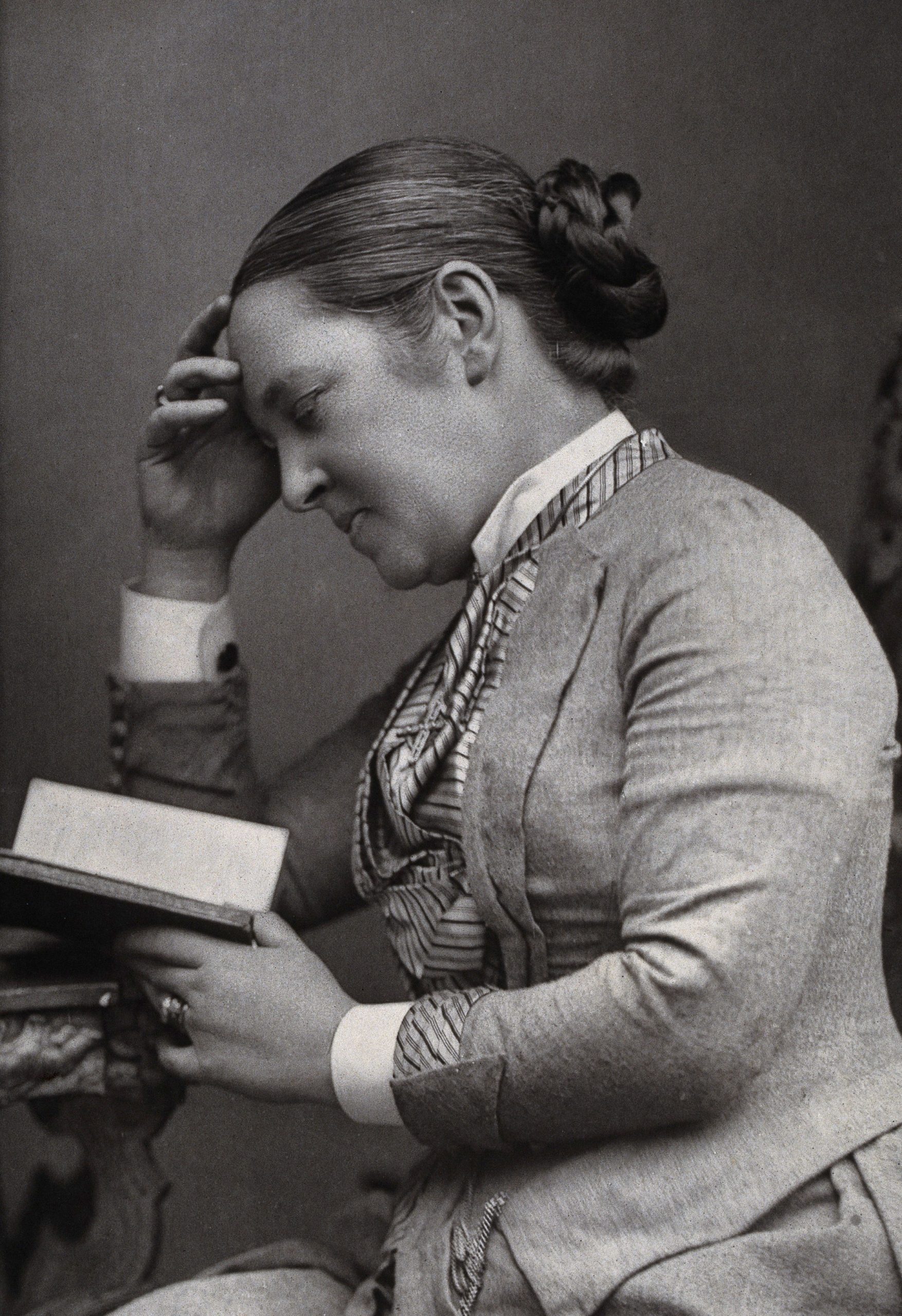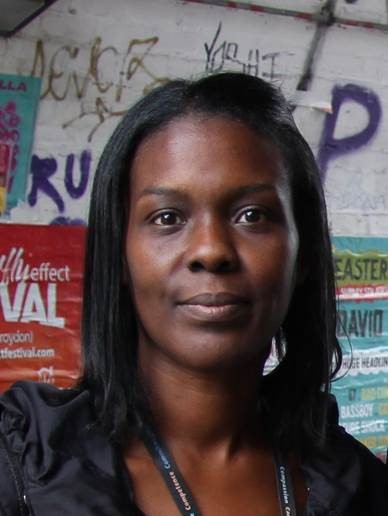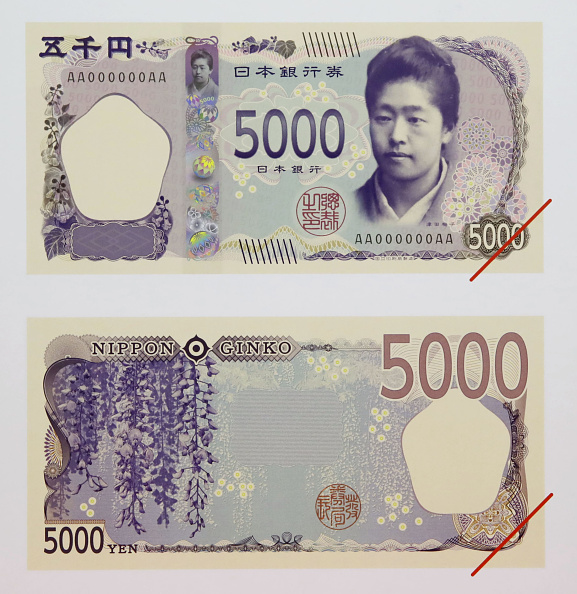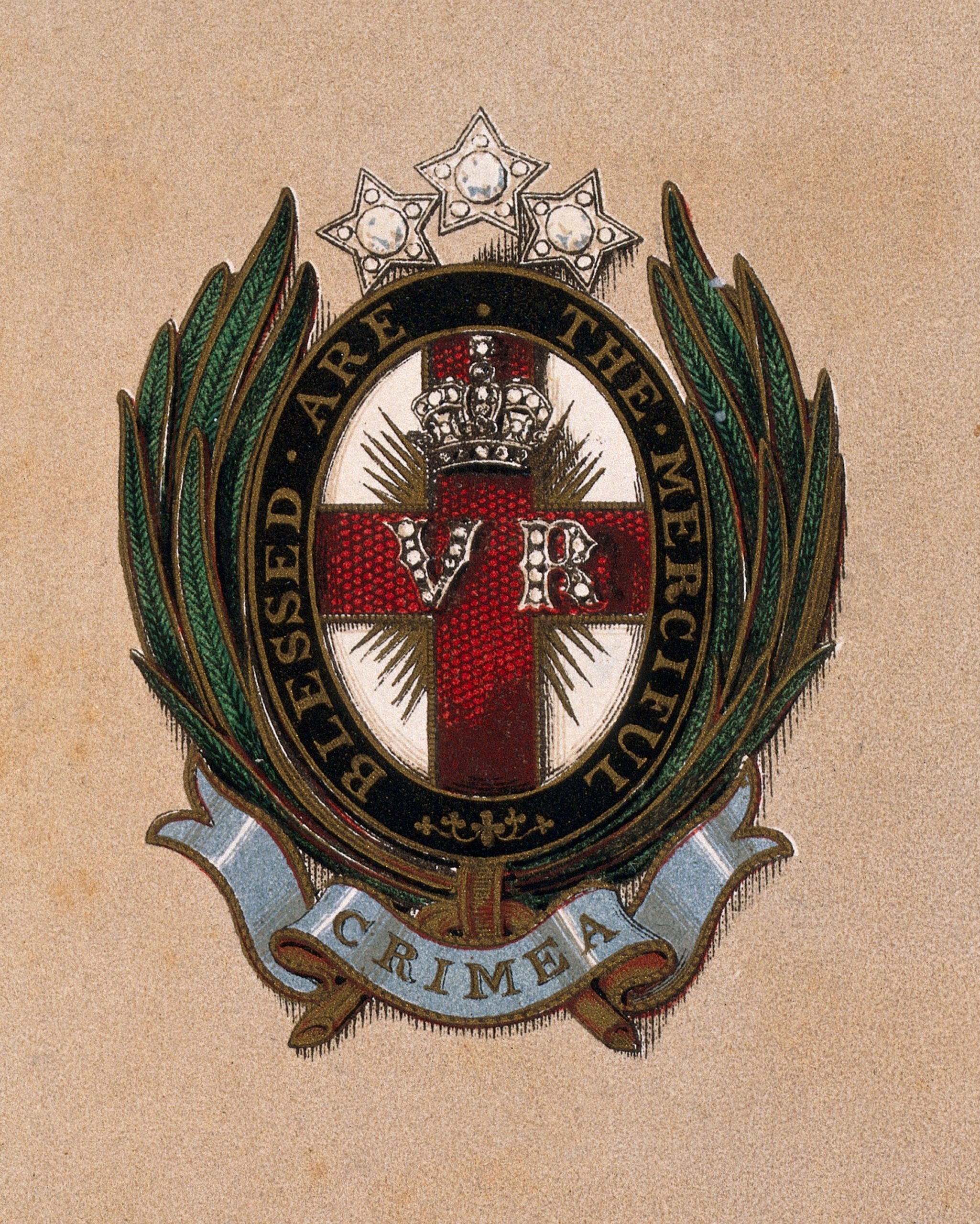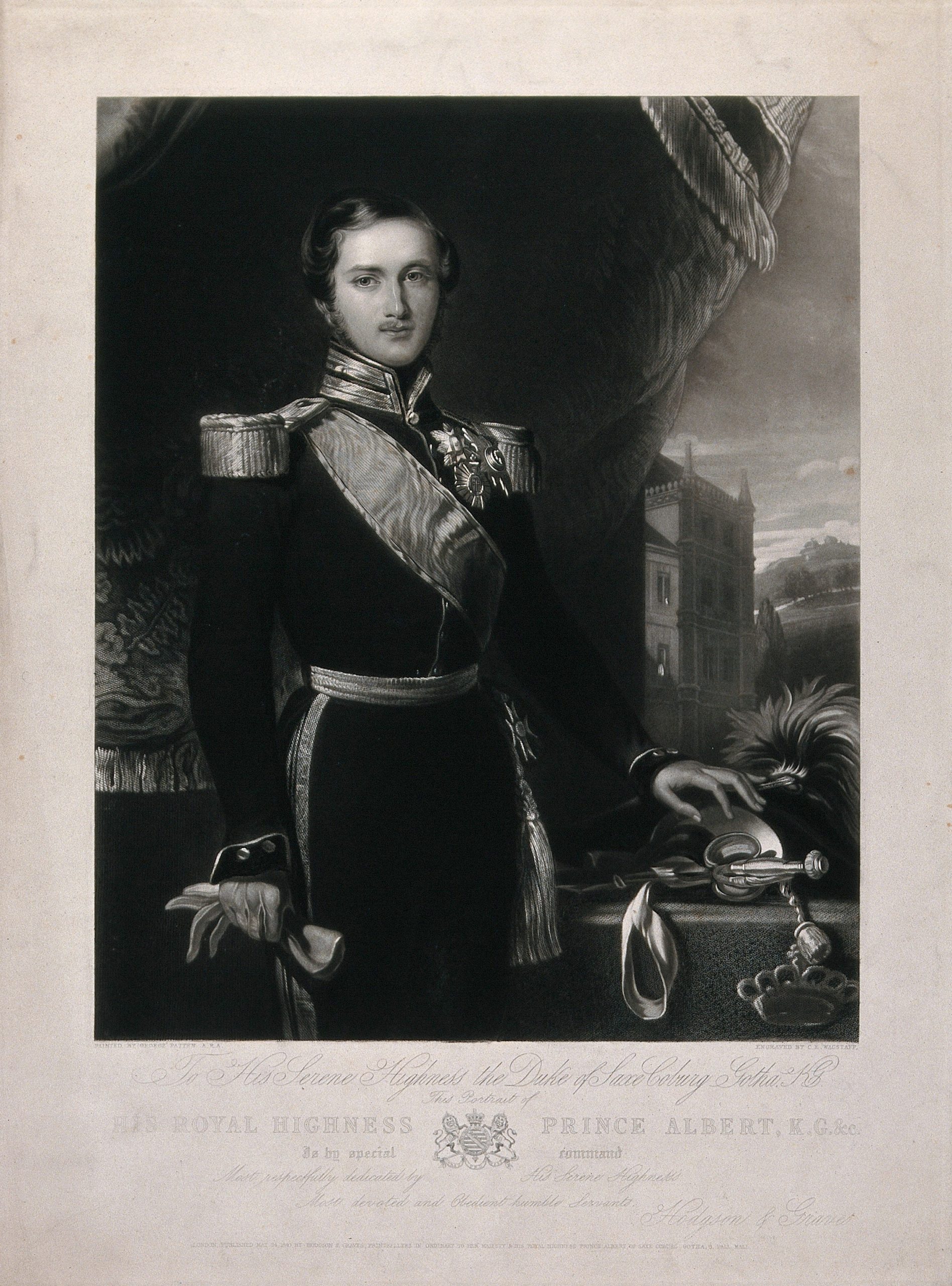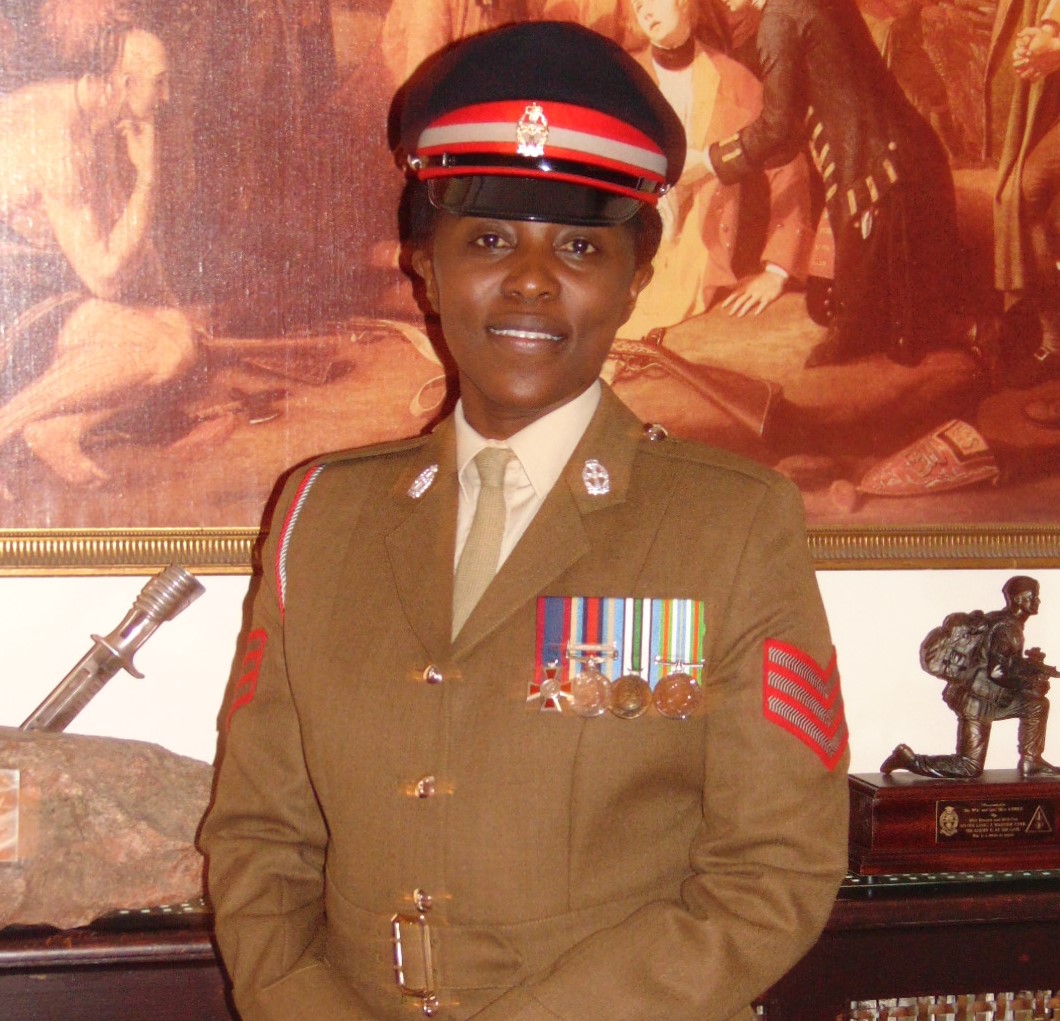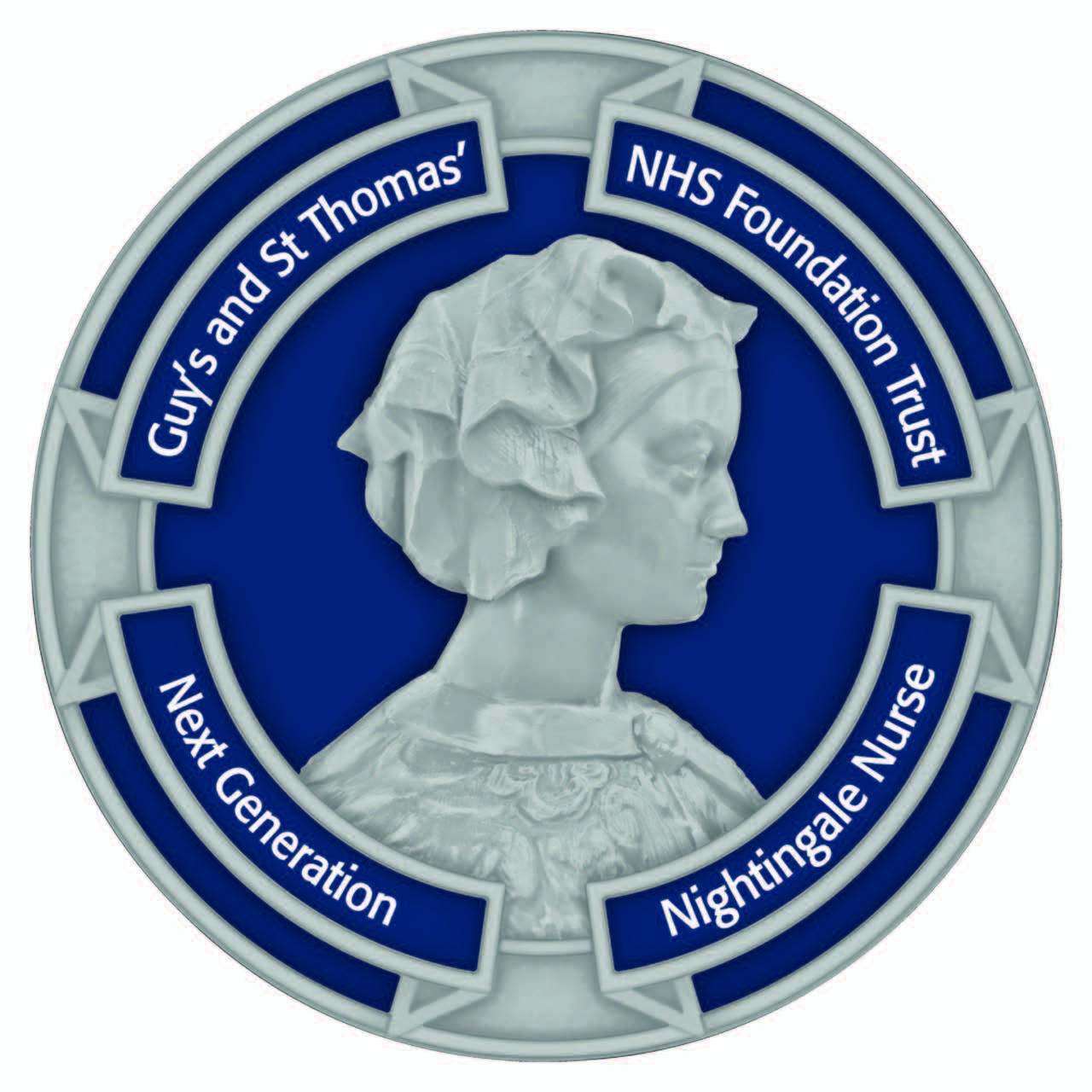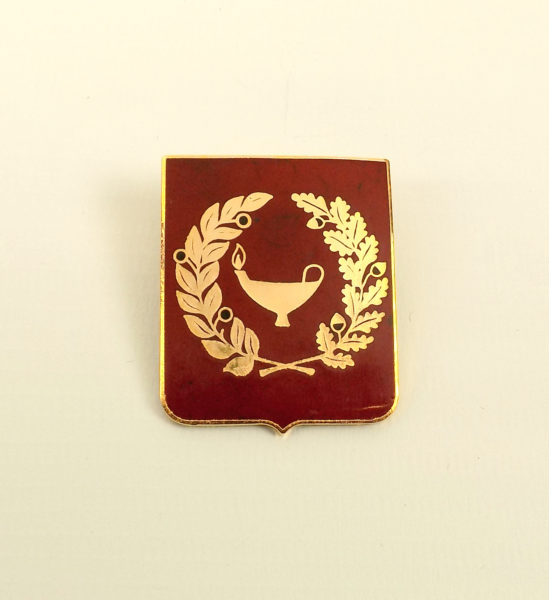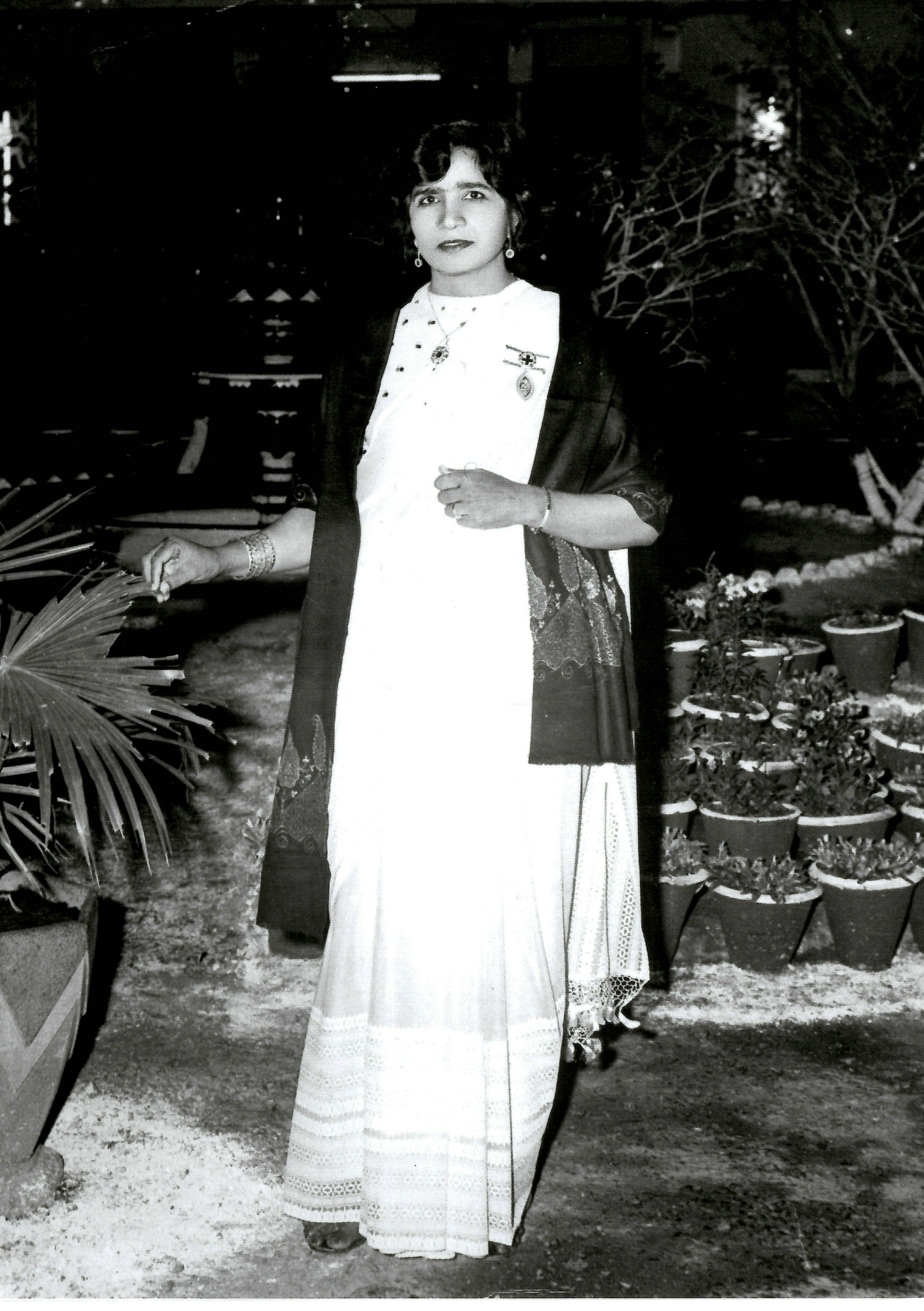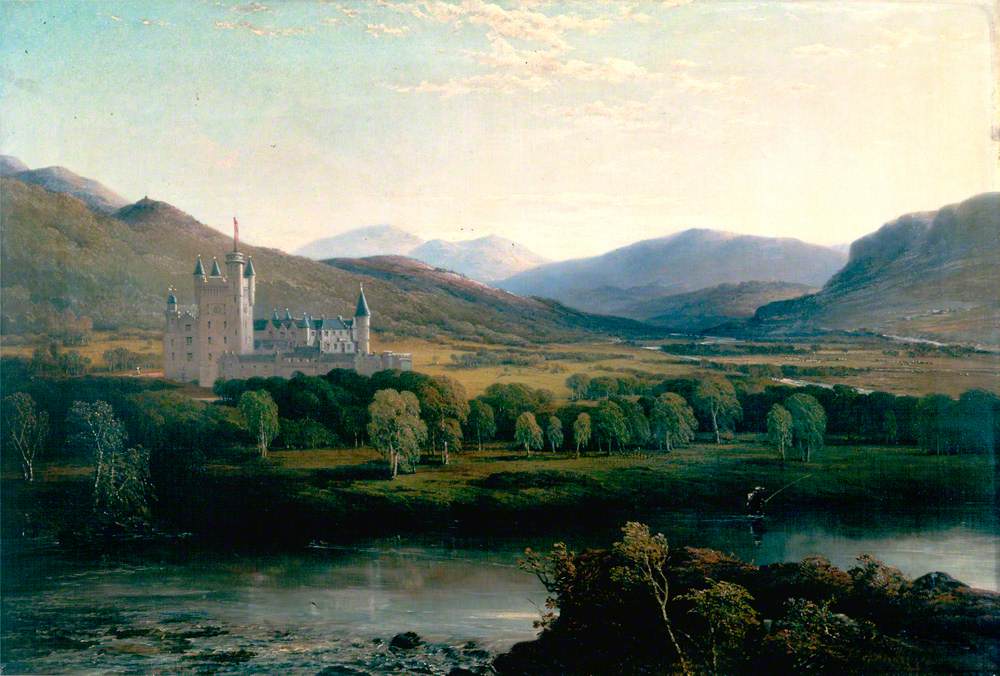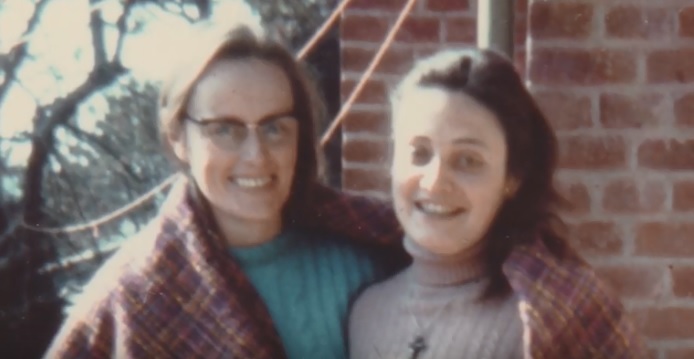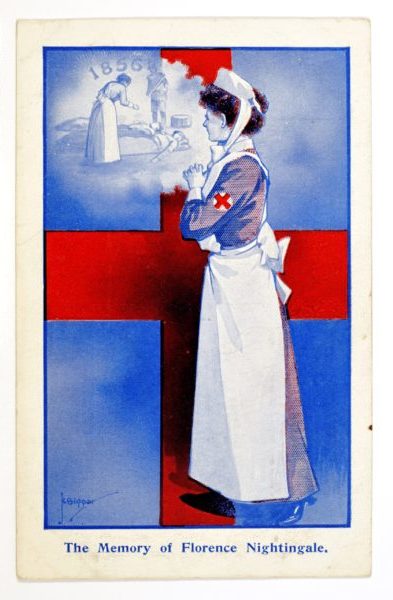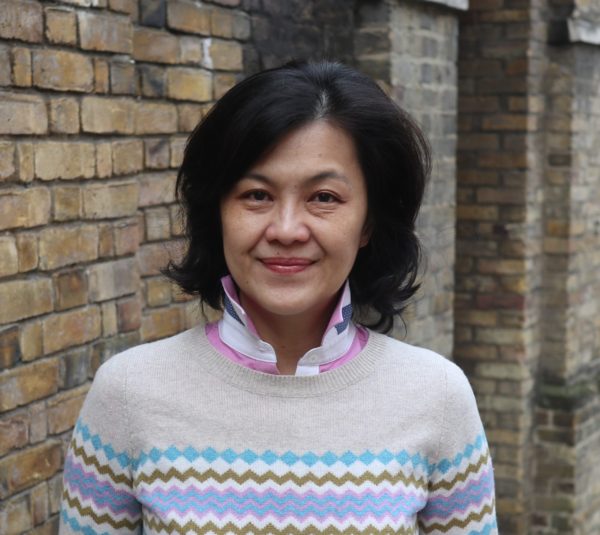Leadership and Empowerment
Dr James Barry, 1795-1865
Display No. 152
Dr James Barry was a surgeon in the British Army, serving in India and Africa. Barry performed the first caesarian section where both mother and child survived. However, when Nightingale met Barry in the Crimea she concluded that this doctor was “the most hardened creature I ever met”.
Dr James Barry was born Mary Ann Bulkley. Living as a man Barry left strict instructions to be buried without being inspected after death. This request was ignored. An autopsy was performed during which it was discovered that Barry was actually biologically female.
Barry had begun medical training at the University of Edinburgh Medical School sixty years before that institution was to admit the first opening female students in 1869. Qualifying as a doctor Barry joined the army serving for decades across the Empire, only retiring when forced to do so through ill health and old age.
With the passage of so much time no one can comprehensively claim to know or understand Barry. Did they feel they were a man trapped in a woman’s body? Was it simply the case that, as a woman, admittance to a medical school that would enable the qualification of “doctor” to be achieved was just not possible? Whatever the answer, James Barry/Mary Ann Bulkley proves to be an elusive, extraordinary and ground breaking individual.
Exhibits from ‘Florence The Leader’
Discover the 200 Exhibits
Nightingale is respected worldwide for her pioneering role in developing the nursing profession, her statistical work, and her evidence-based approach to healthcare. In honour of her bicentenary the World Health Organisation have named 2020 the Year of the Nurse and Midwife.
In our special exhibition, you will find out about objects, people and places which tell interesting stories about Florence’s life and legacy. You’ll discover artefacts from her life, people she both inspired and challenged, and places she helped to shape. There’s many more insights too!
Please click on the different sections of her famous coxcomb diagram to explore various aspects of her life and legacy. We hope you enjoy exploring!

